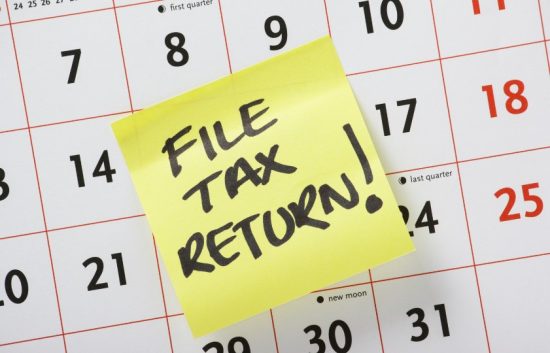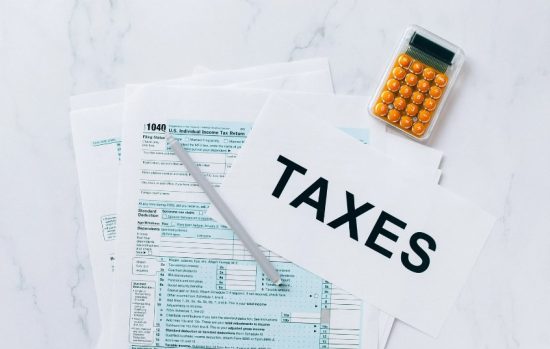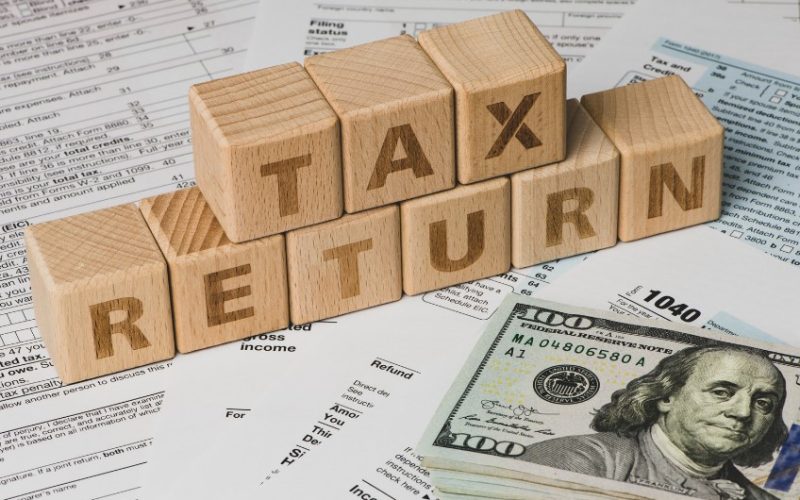Introduction
Tax season is here and it’s time to file your tax return in Canada. But with so many different options available, it can be overwhelming to know where to start. One common question that comes up during this time of year is: where do I mail my tax return? Don’t worry, we’ve got you covered! In this step-by-step guide, we’ll walk you through the process of mailing your tax return in Canada so you can rest easy knowing that your taxes are taken care of. So grab a cup of coffee and let’s get started!
What is the Mail Tax Return in Canada?

Mail tax returns in Canada is a process of filing your income tax return by sending it through the postal service. Every year, Canadian residents are required to file their income tax returns with the Canada Revenue Agency (CRA) on or before April 30th.
The CRA encourages taxpayers to file their taxes online using software such as NETFILE or EFILE. However, for those who prefer to file their taxes by mail, this option is still available.
When you choose to mail your tax return in Canada, you will need to print out and complete all necessary forms from the CRA website. Once completed, these documents should be placed into an envelope along with any supporting documents such as T4 slips and charitable donation receipts.
You must ensure that all information provided on your forms is accurate and up-to-date before mailing them off. Any errors or omissions could result in delays or penalties imposed by the CRA.
Where to Mail Tax Return Canada?
When it comes to filing your taxes in Canada, one question that frequently arises is where to mail your tax return. The answer depends on various factors such as the type of tax return you are filing and which province or territory you live in.
The Canada Revenue Agency (CRA) provides a list of addresses for mailing your tax return based on these factors. On their website or by getting in touch with them directly, you can get this information.
It’s important to note that if you owe taxes, have penalties or interest, or need to make a payment with your tax return, you must send it to a different address than if you don’t owe any money. This information can also be found on the CRA website.
To ensure that your tax return is received and processed correctly, it’s crucial to use the correct mailing address and include all necessary documentation. Double-checking everything before sending off your tax return can save time and potential headaches down the road.
Understanding where to mail your Canadian tax return takes some research but is essential for ensuring compliance with CRA regulations.
How to File Your Tax Return in Canada?

Filing a tax return in Canada involves a few steps that you need to keep in mind.
- Firstly, ensure that you have all the necessary documents and information ready before starting the process. These include T4 slips from your employer, receipts for expenses such as medical or charitable donations, and any other relevant documentation.
- Next, you can either file online using software like TurboTax or SimpleTax or by mailing a paper copy of your return to the Canada Revenue Agency (CRA). If you choose to file online, make sure that you create an account with CRA beforehand. The process is quick and straightforward; simply follow the prompts on the screen.
- If filing via mail instead of electronically, print out a copy of the appropriate forms from CRA’s website and carefully fill them out without forgetting any important details. Ensure that you sign where required before sending it off to CRA’s designated address.
Remember that, if you owe money after filing your taxes – pay up! It’s better than trying to avoid payment altogether because interest and penalties will accrue quickly if left unpaid for too long.
What Do I Send With My Tax Return Canada?
When it comes to filing your tax return in Canada, there are certain documents and information you should include with your submission.
Here’s what you need to know about what to send with your tax return.
- Firstly, you will need to provide all of the necessary forms for the type of income or deduction claimed. This includes T4 slips from employers, receipts for charitable donations and medical expenses, as well as any other relevant documentation that supports your claims.
- Additionally, if this is not your first time filing taxes in Canada, make sure to include a copy of last year’s Notice of Assessment (NOA) with your current year’s tax return. The NOA provides important information such as carryover amounts that impact credits and deductions you may be eligible for.
- It is also important to ensure that all personal information including full name, Social Insurance Number (SIN), mailing address and contact details are accurate on every document submitted.
Don’t forget to sign and date the appropriate sections of each form before submitting them along with supporting documents. By doing so you certify that everything provided is true and correct based on your knowledge at the time of submission.
Alternatives to Mailing Tax Returns in Canada
If you’re not comfortable with mailing your tax return, there are a few alternative options available in Canada.
- One option is to file your taxes online using the Canada Revenue Agency’s (CRA) NETFILE service. This method allows you to electronically submit your tax return directly to the CRA without having to mail it in. To use this service, you’ll need a NETFILE access code, which can be obtained from the CRA website or through certain tax software programs.
- Another alternative is to have a professional prepare and file your taxes for you. Many accounting firms and tax preparation services offer these services for a fee. They will ensure that all necessary forms are filled out correctly and submitted on time.
If you prefer an in-person option, some communities have free volunteer-run tax clinics where trained volunteers can help low-income individuals and families prepare their taxes.
No matter which alternative method you choose, remember that it’s important to accurately report your income and deductions on your tax return every year.
Tips for Mailing Tax Return

When it comes to mailing your tax return in Canada, there are a few tips that can make the process smoother and more successful.
Here are some things to keep in mind:
- Firstly, make sure you double-check the address where you need to send your tax return. The CRA has different addresses depending on which province or territory you live in, so be sure to verify the correct one.
- Secondly, consider sending your tax return via registered mail or certified mail. This will give you proof of delivery and help ensure that your documents arrive safely at their destination.
- Thirdly, if possible try not to wait until the last minute before mailing your tax return. That way, if there are any issues with delivery or processing timeframes, you’ll still have plenty of buffer time before the deadline.
- Fourthly, be mindful of how you package your tax return for mailing. Use a sturdy envelope and avoid folding any important forms or documents – they should lay flat inside.
- Last but importantly, always keep copies of all documentation relating to filing taxes including receipts etc., just in case anything gets lost during transit.
Following these simple tips when mailing your tax return in Canada can reduce stress levels and ensure everything is done properly!
Conclusion
The process of filing your tax return in Canada can be challenging. However, with this step-by-step guide on where to mail tax returns in Canada, the process becomes more manageable.
It’s essential to remember that when filing your taxes via mail, you need to ensure that all necessary information is included and correctly filled out. Additionally, it’s advisable to keep copies of all documents for future reference.
If mailing your tax return seems too cumbersome or time-consuming for you, consider using electronic options such as NETFILE or EFILE. These alternatives offer quick and secure modes of submission without needing any paper forms.
Remember always to double-check the address before posting your returns and use registered mail if possible. This way, you’ll have proof of delivery should there be any issues later on.
With these tips and guidelines at hand, mailing tax returns in Canada doesn’t have to be a headache anymore!
FAQs on where to mail tax return Canada
1. Can I mail documents to CRA?
Yes, the Canada Revenue Agency (CRA) accepts completed tax returns by email or postal mail.
2. Can I drop off my tax return at CRA?
You are highly advised to: file your tax return online utilizing NETFILE to safeguard your sensitive information and ensure that it reaches the CRA quickly and securely. Send your paper returns to the correct tax office by mail.
3. Do I need to file a tax return in Quebec?
The majority of Quebec citizens have until April 30, 2023, to submit their 2022 income tax and benefit returns. Because this day falls on a Sunday, a return will be regarded as timely filed if it is received by the CRA or has a postmark of May 1, 2023, or earlier.
4. What is the penalty for not filing T4A?
If you don’t, you might incur penalties. Failure to provide receivers with T4A slips carries a daily fine of $25, with a minimum fine of $100 and a maximum fine of $2,500. Give a T4A slip to each recipient in one of the following ways: one copy electronically sent










